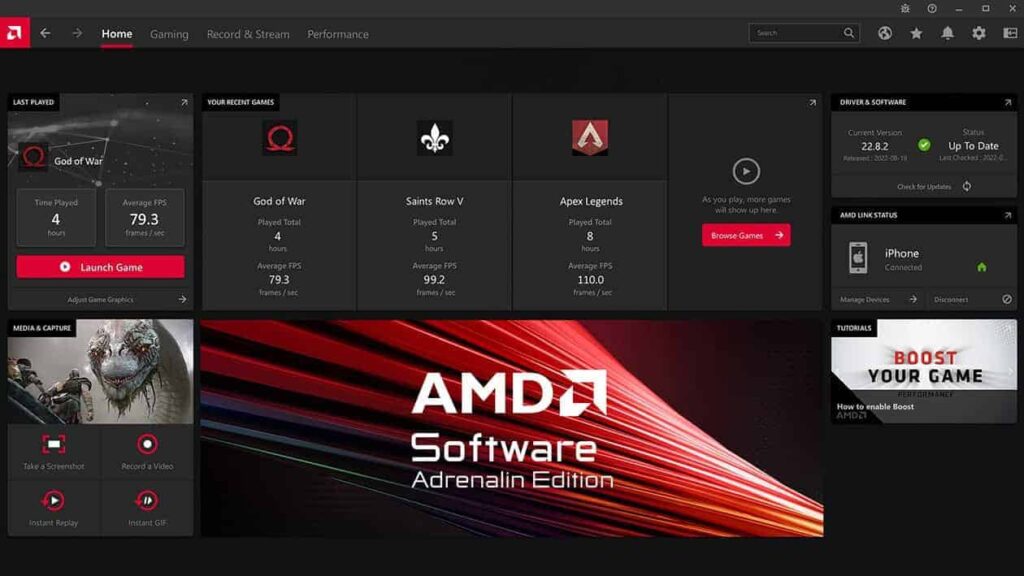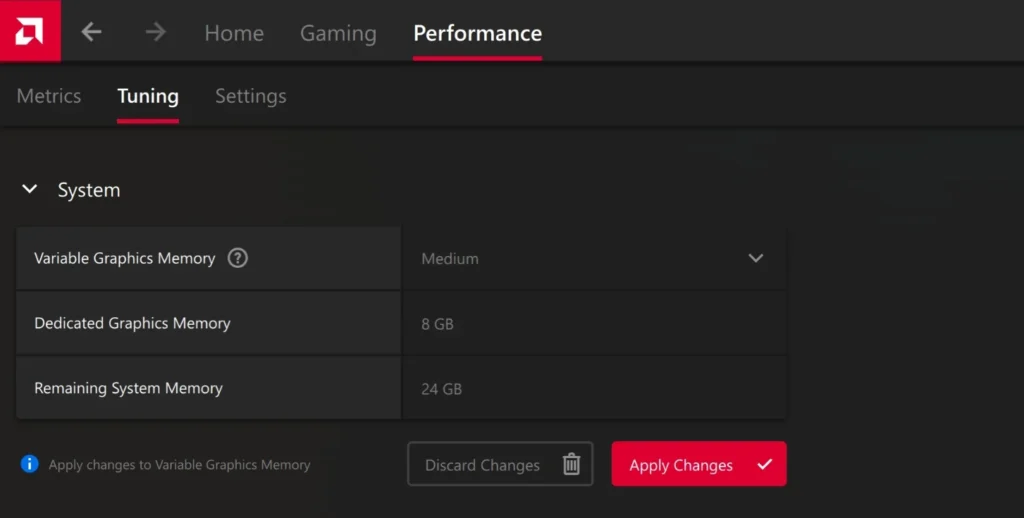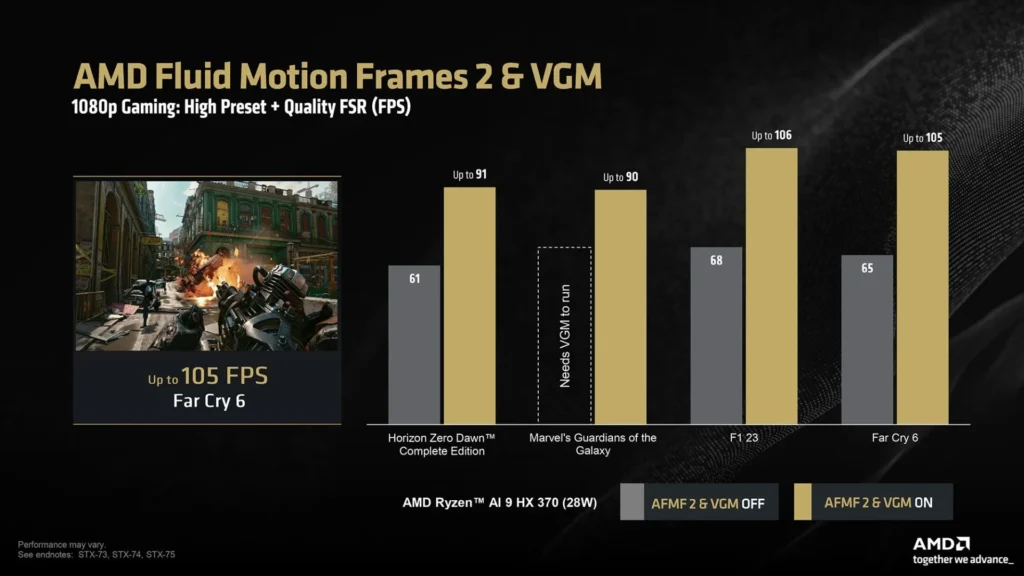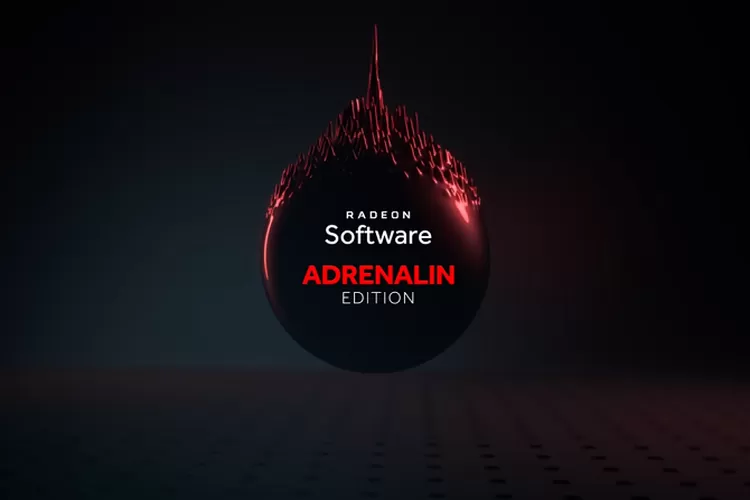AMD Adrenalin - A Year of Evolution in AMD Drivers
AMD Adrenalin driver development has seen its fair share of ups and downs, and as we step into October, the company brings us the stable release of version 24.9.1. This release mirrors previous trends, where driver branches often intersect between public releases and hidden previews. A closer look reveals that the last stable version, 24.8.1, originated from the 24.10 branch.
For clarity, the first two digits of these branches indicate the year, while the last two signify the sub-branch—typically, AMD introduces two or three sub-branches annually. Back in July 2024, users were introduced to the beta preview of the 24.20 branch, featuring the groundbreaking AFMF Version 2 technology. Subsequent updates in September included 24.20.11.01, which provided critical bug fixes and added support for games like Frostpunk 2 and God of War: Ragnarök.
Navigating the Complex Landscape of Driver Releases
With the 24.9.1 release, AMD Adrenalin has made a significant leap into the stable 24.20 branch, unveiling a host of new features that encompass those from previous previews. To commemorate this launch, AMD has introduced a dedicated blog to break down these enhancements. Notable additions include:
- Support for new games and the DirectX 11 update for The Sims 4.
- AMD Fluid Motion Frames 2 (AFMF2).
- The Hypr-RX profile for streamlined activation of multiple AMD technologies, including Antilag 2 and FSR 3 within select games.
- Introduction of Antilag 2 with the Vulkan API for Counter-Strike 2.
- Variable Graphics Memory (VGM) technology for Ryzen AI APUs.
- Updated control panel with Visual C++ Redistributable 2022.
- Official support for the new mobile GPU RX 7800M.
- Improved image quality with reduced video artifacts for resolutions below the screen’s native settings.
- Support for geometric reduction on integrated AMD Radeon 800M graphics and RDNA3 cards.
- Inclusion of Microsoft Agility SDK 1.715.0 Preview.
- Various bug fixes for the overlay feature.

Innovative Memory Solutions for Enhanced Performance
The introduction of Variable Graphics Memory (VGM) in the 24.20 branch for Strix Point “Ryzen AI” mobile APU harkens back to AMD’s Vega series. This technology allows a portion of the system’s RAM to be allocated as dedicated video memory, potentially enhancing gaming performance. For instance, with a laptop boasting 32 GB of RAM, users could designate around 8 GB for the integrated graphics, while ensuring at least 16 GB remains for CPU operations.
- Advertisement -

Although this approach was met with skepticism during the Vega era, its application in APUs that utilize system memory as VRAM could prove beneficial, although further testing is required. AMD’s benchmarks for AFMF2 combined with VGM show promising results, raising questions about future expansions into handheld gaming consoles.
Addressing Legacy Issues While Looking Ahead with AMD Adrenalin
In conjunction with the 24.20 release, a combined update for the older 23.19 branch has also been rolled out, elevating its version to 31.0.21921.0. This update, aimed at older Polaris and Vega GPUs (Pre-RDNA), resolves several issues, including:
- Increased memory usage during certain versions of Minecraft Java Edition.
- Application crashes in DirectX 12 when using non-English characters in Windows usernames.
- Intermittent flickering in Microsoft Teams.

As the dust settles on the 24.20 release, AMD Adrenalin driver team is already setting sights on the next wave of updates, including the forthcoming FSR 4. Anticipation is building for the next generation of RDNA4 GPUs, expected to debut in January, along with new previews of 24.20. Moreover, upcoming titles like STALKER 2 and Silent Hill 2 are likely to require optimizations, keeping AMD’s development teams busy.








